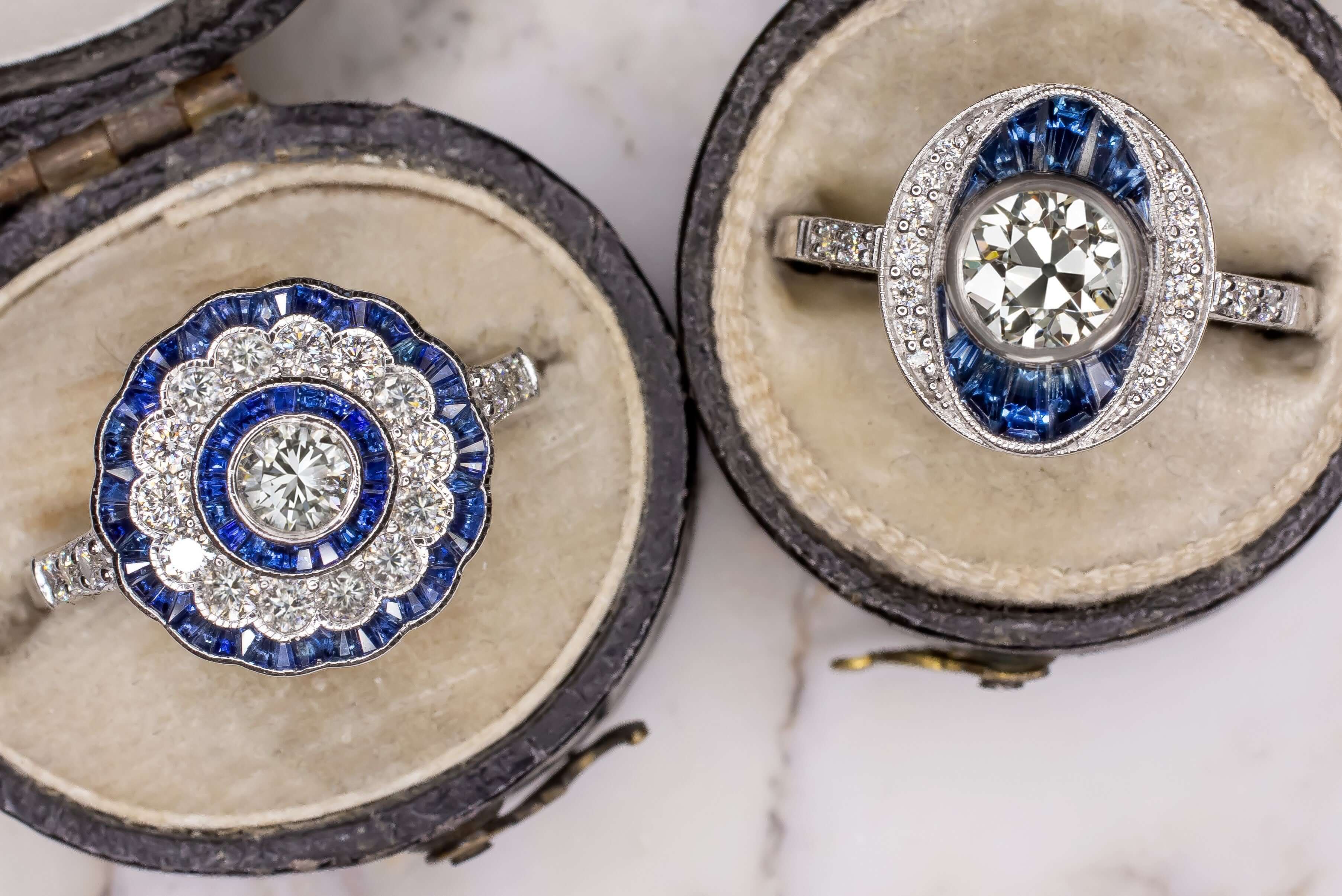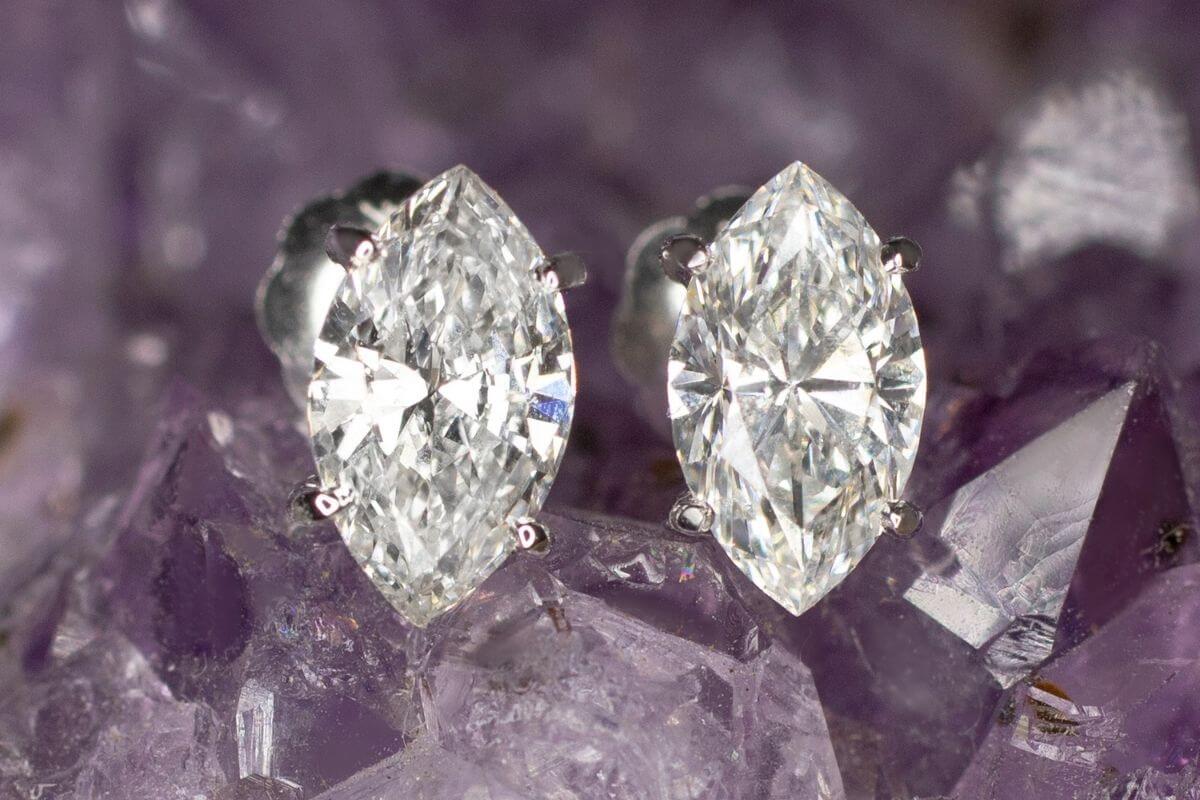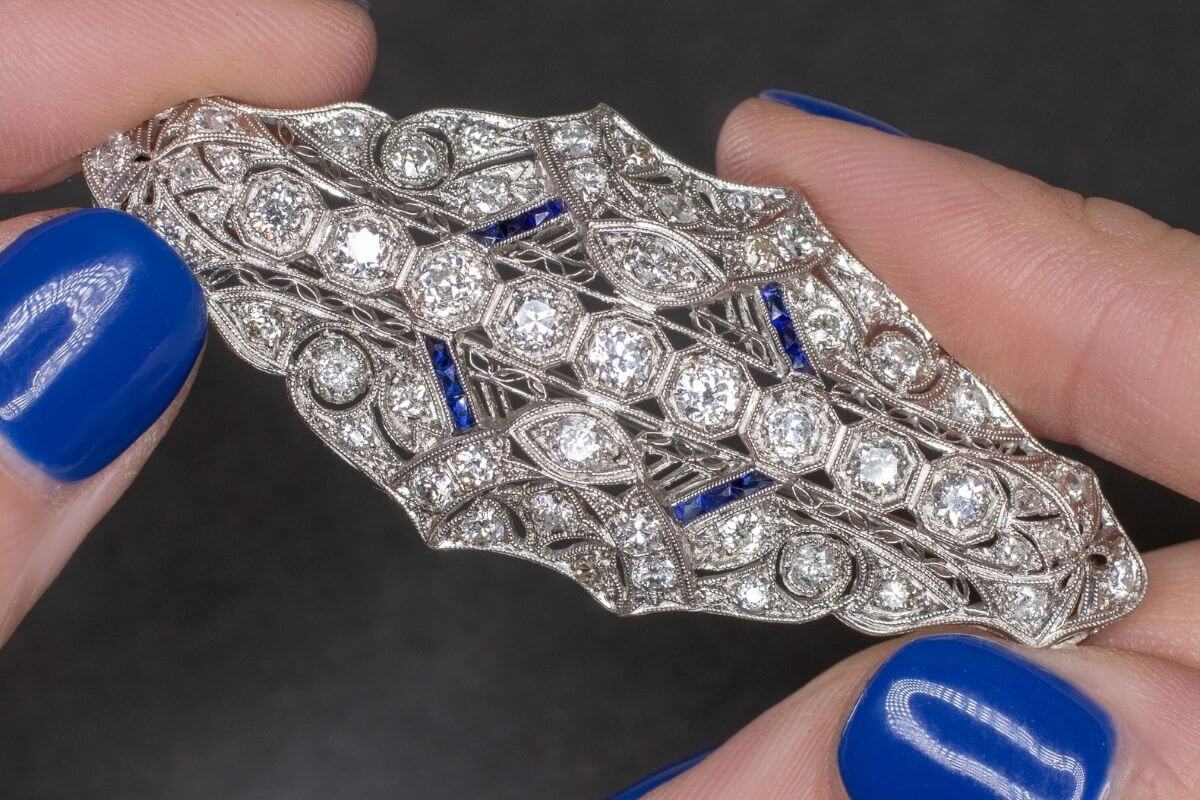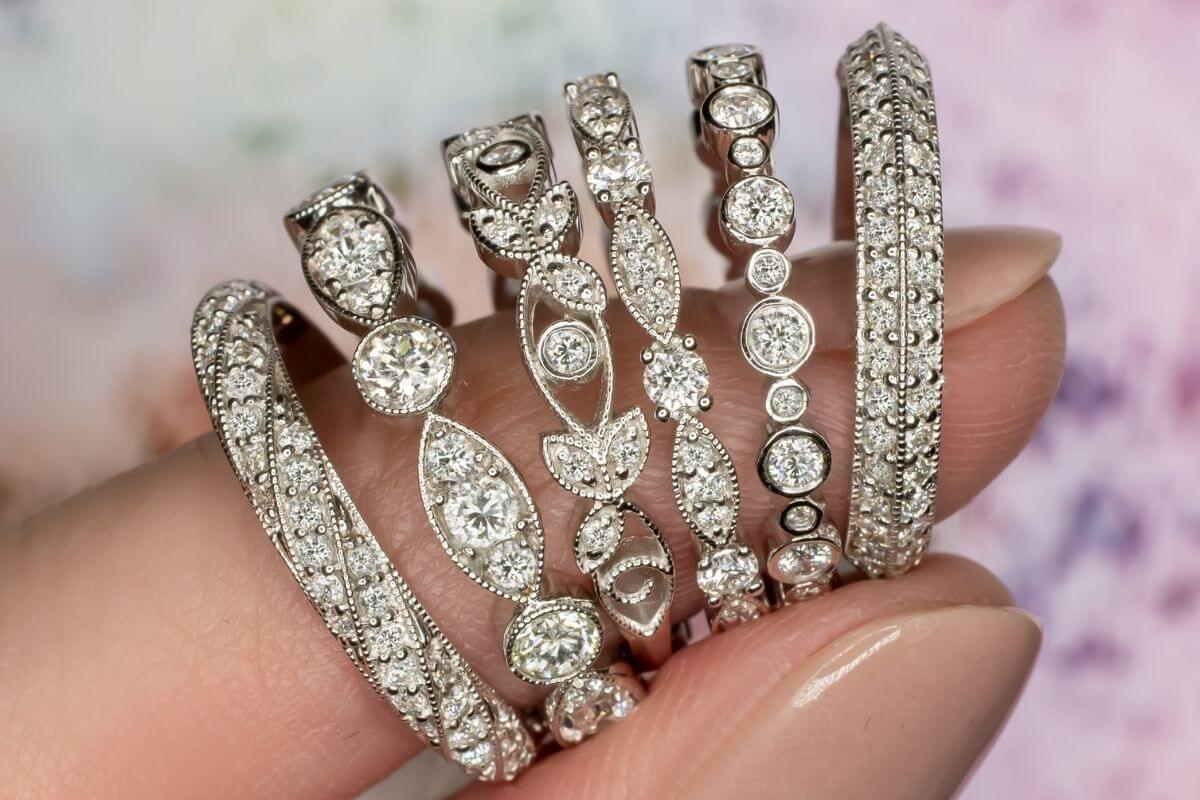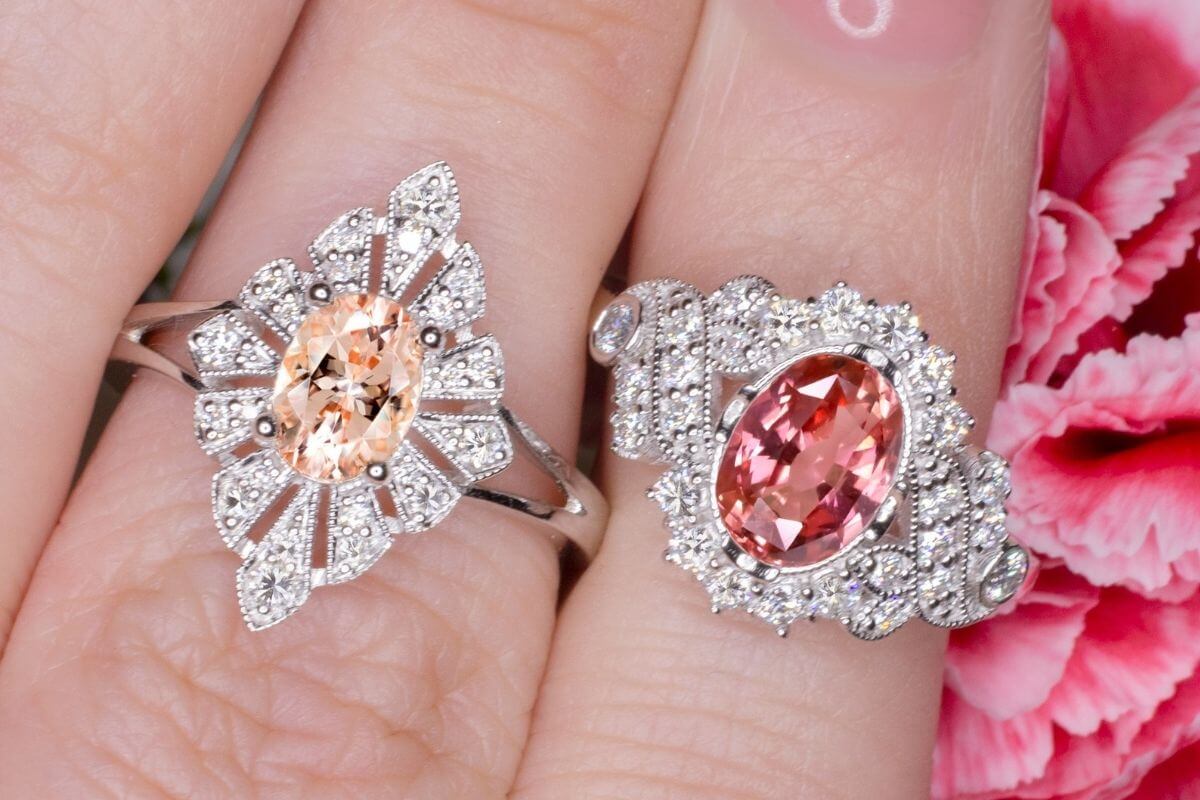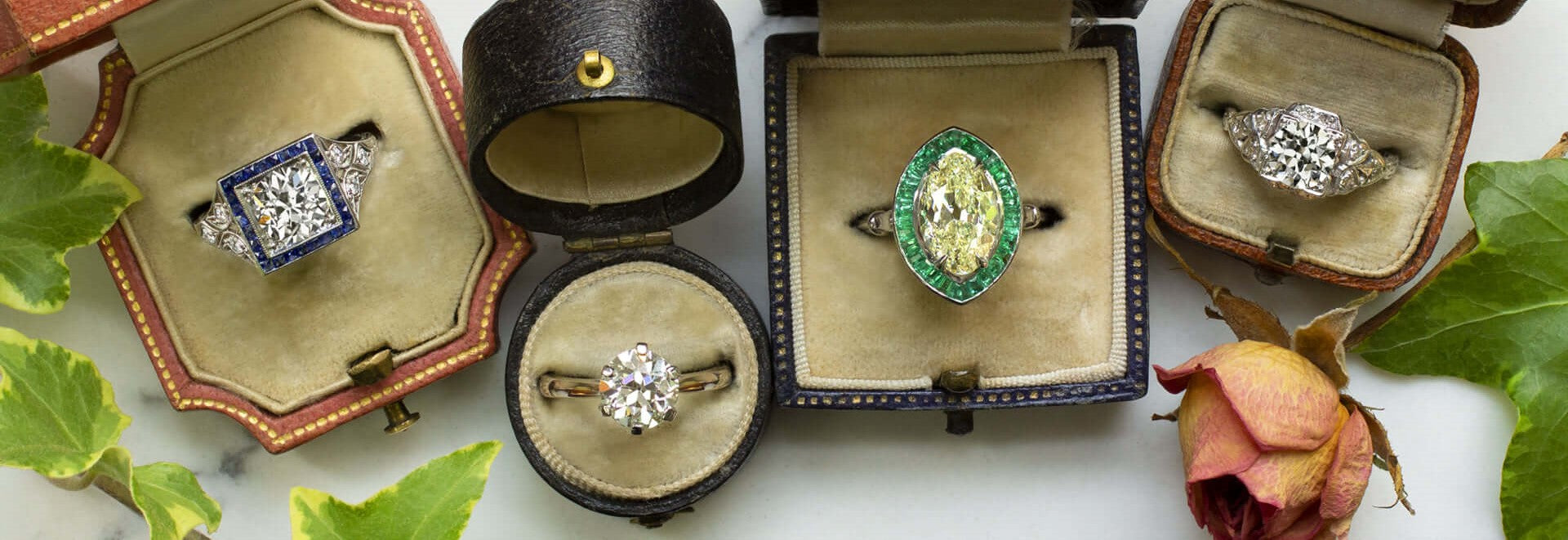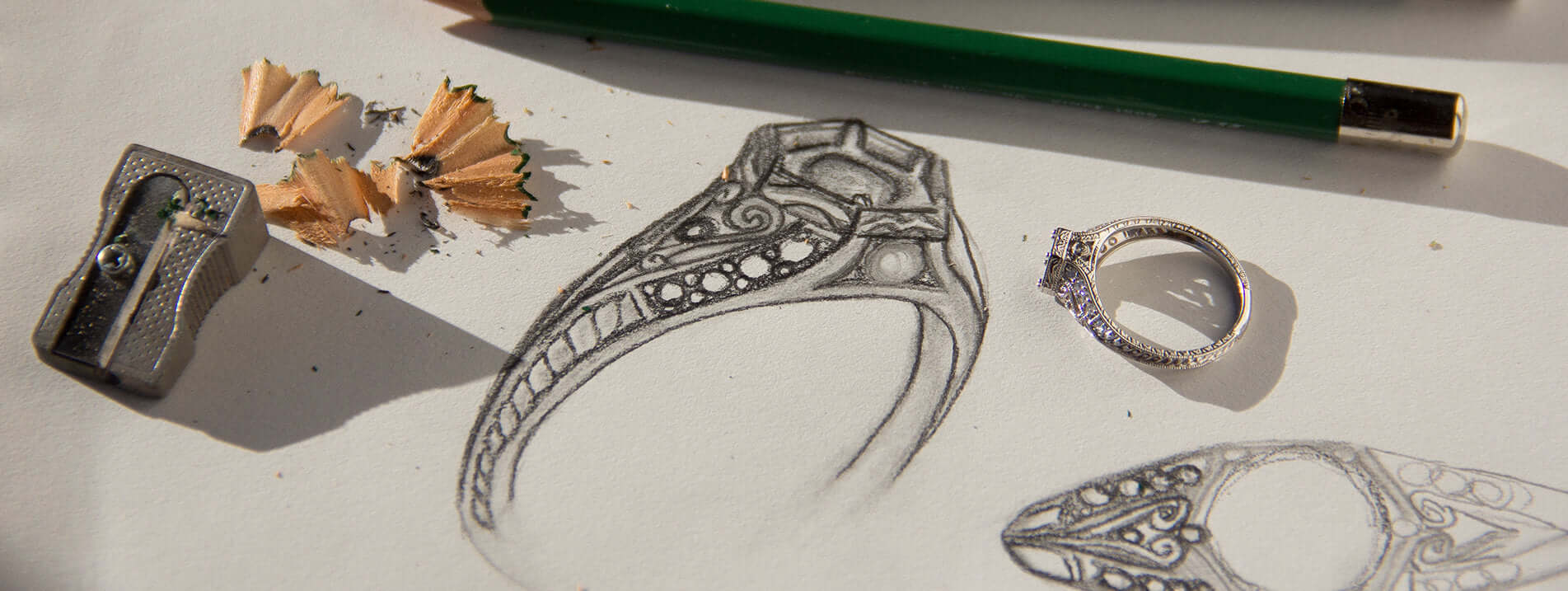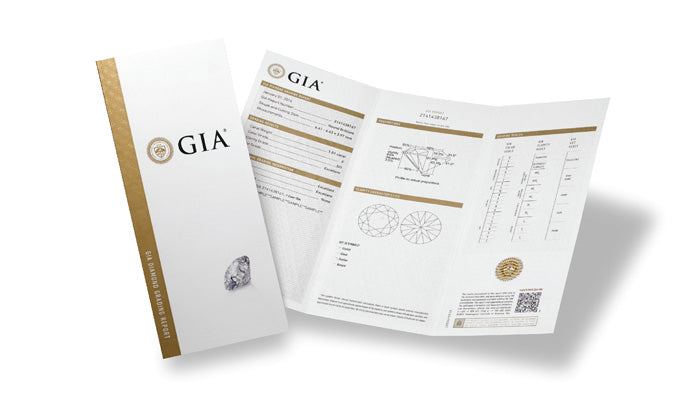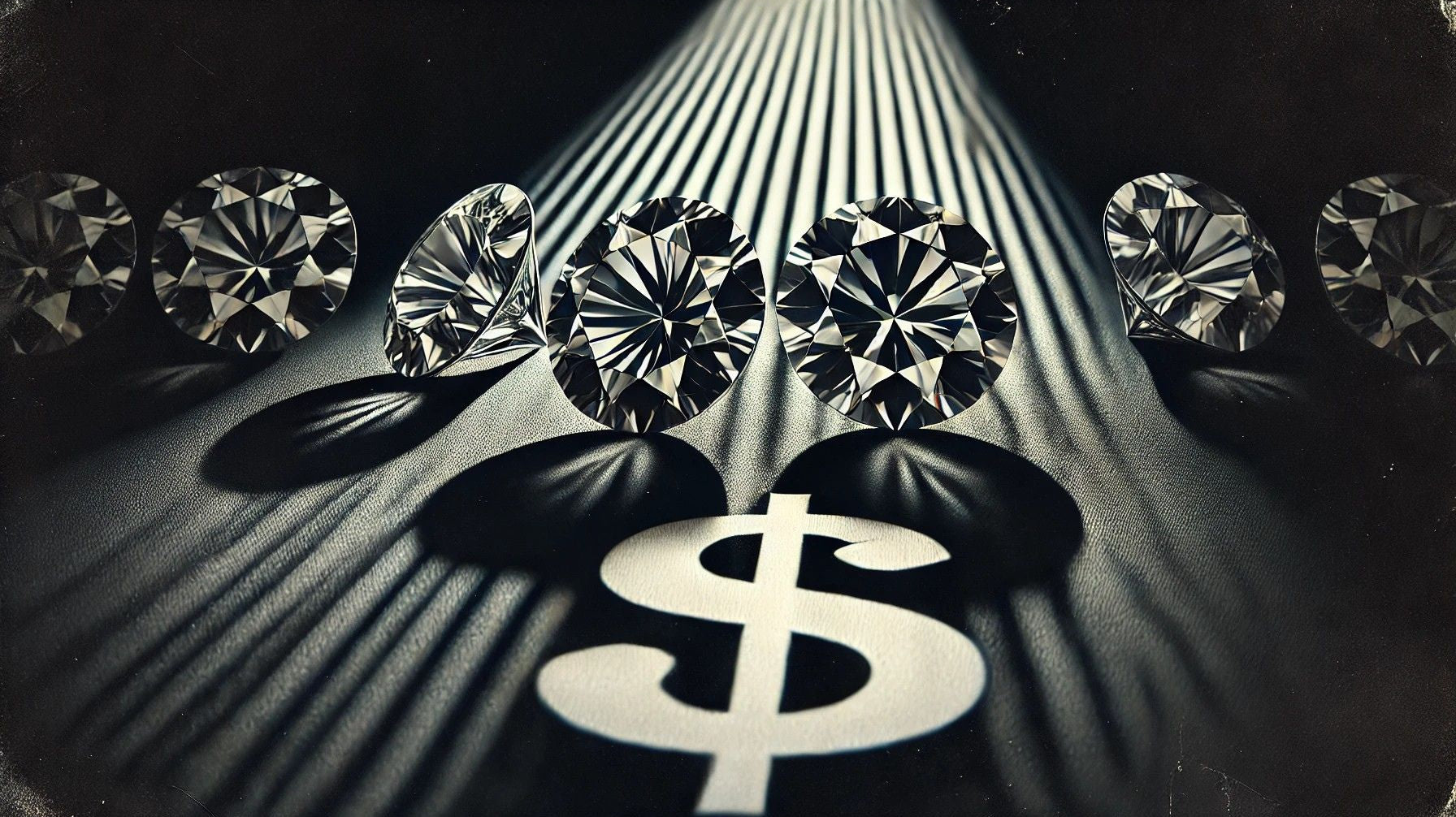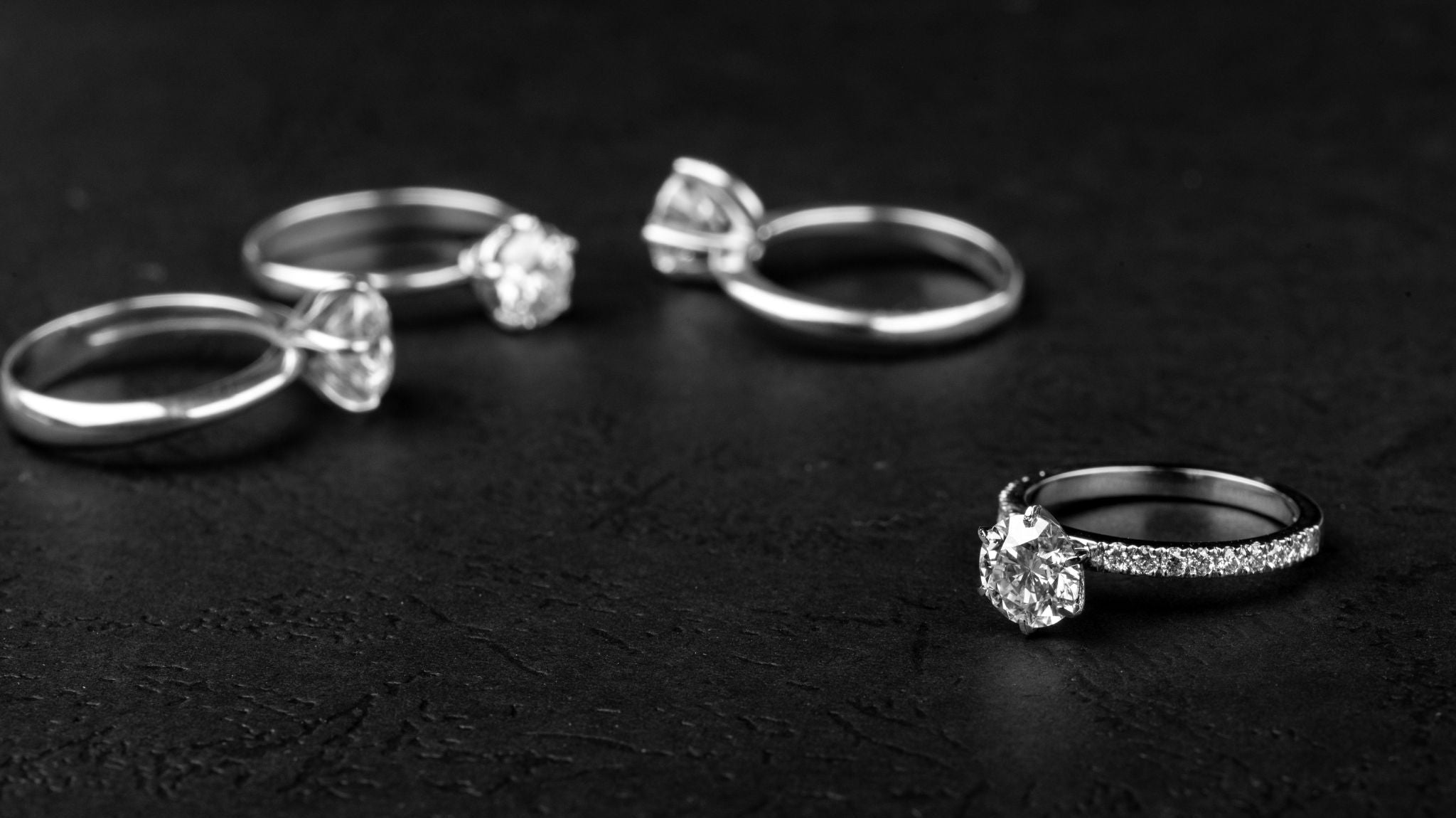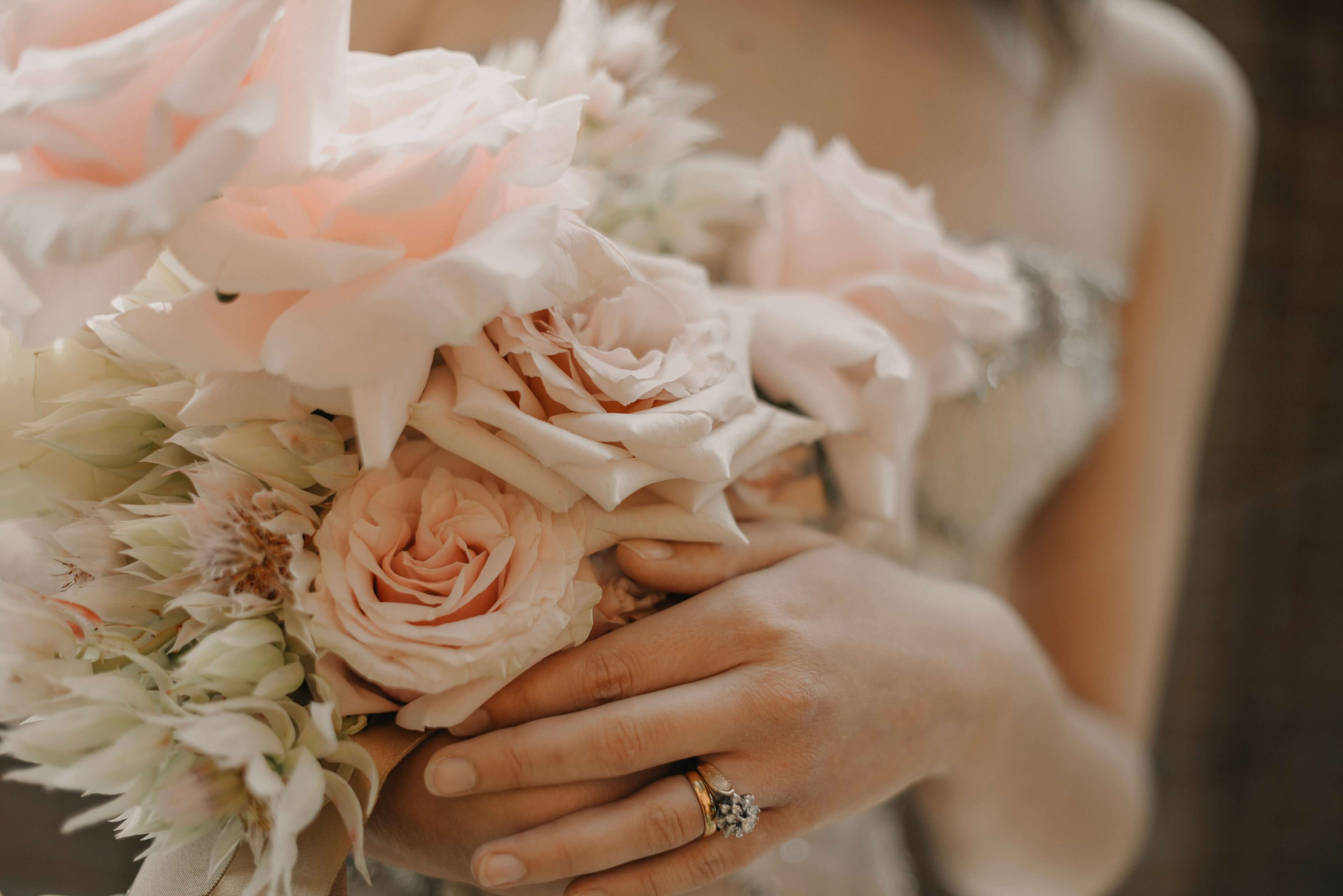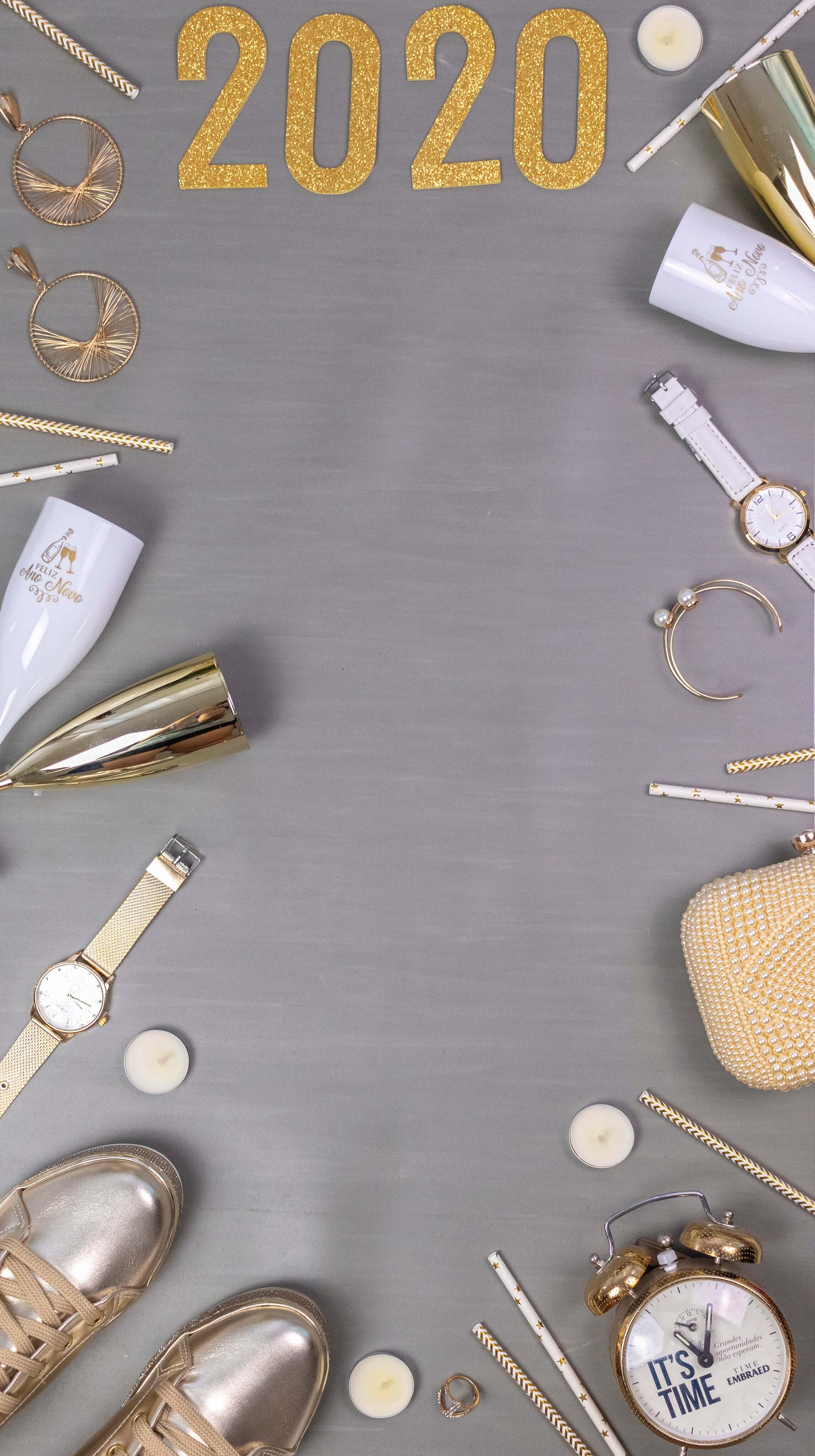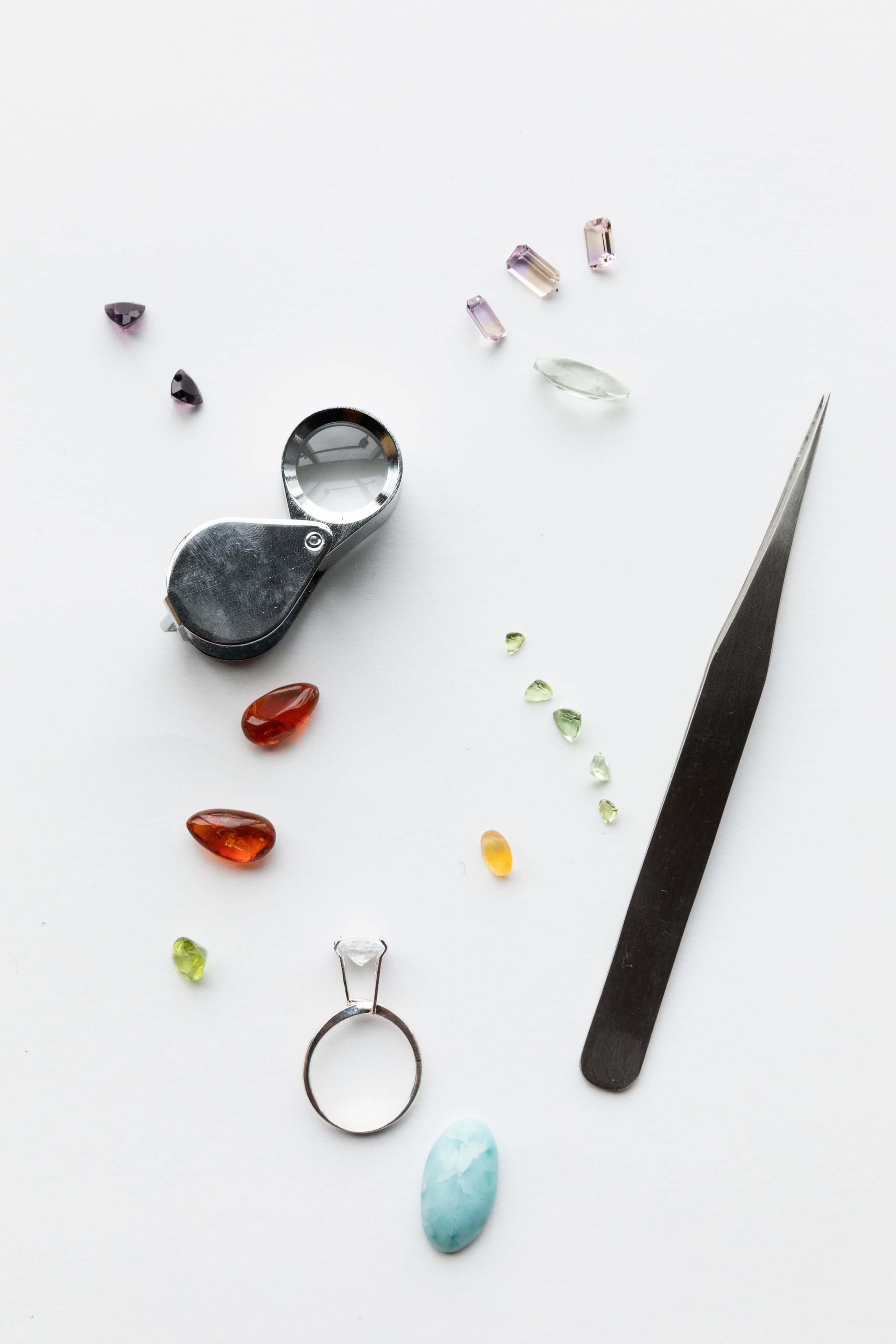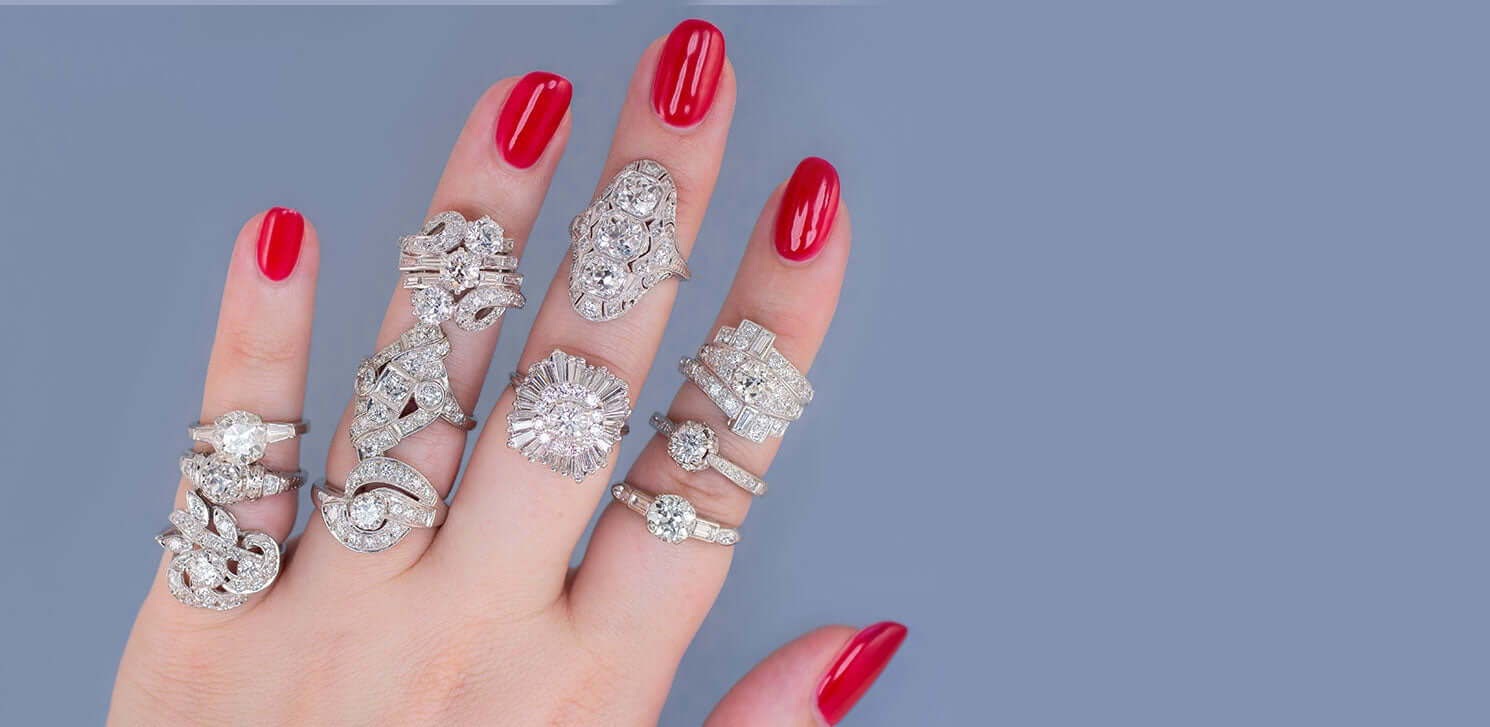When it comes to purchasing a diamond, the 4Cs—Cut, Color, Clarity, and Carat Weight—are widely regarded as the industry standard for evaluating a diamond's quality and value. While these grading factors provide a helpful framework, it's essential to understand their limitations and consider additional aspects that contribute to a diamond's overall beauty and appeal. Let's take a closer look at a few important considerations when inspecting certifications and selecting the perfect diamond.
-
The 5th C: Certification: While the 4Cs focus on the physical characteristics of a diamond, it's crucial to consider the 5th C—Certification. Diamonds certified by reputable gemological laboratories, such as GIA or AGS, undergo rigorous grading processes to ensure accuracy and reliability. A certified diamond gives you confidence in its quality and authenticity. That being said, each lab has its own strengths and weaknesses. For example, while GIA uses a formula to quite accurately determine the relative brilliance of a round brilliant cut diamond, their reliance on formulas leads to frequent misclassification of vintage diamond cuts. In the mid 1800s to early 1900s when old mine and old European cut diamond were originally mined and cut, shaping a diamond was more of an art than a science. This lead to a lot larger range of variation in angles and proportions than you see today. While an experienced eye can easily spot the pattern of an old European cut, a rigid formula may not.
-
Subjectivity of Color Grading: Color grading is subjective and can vary between laboratories and individuals. It is also important to note that diamonds are graded for color based on their appearance from the side. While this angle offers the most accurate view of the diamond's body color, the face up (top down) view is the angle from which you'll spend the most time looking at your diamond. On the face up, there are a variety of other factors that may affect the color. For example, a particularly bright cut can minimize color on the face up while an elongated shape may intensify it. Additionally, personal preferences play a significant role. Some people prefer a colorless diamond, while others find beauty in a slightly warmer hue. It's crucial to view diamonds in person to determine which color grade appeals to your eye and complements your desired setting.
-
Clarity and the Eye-Clean Factor: Clarity grading assesses a diamond's internal and external flaws. However, diamonds with lower clarity grades may still appear flawless to the naked eye. The placement, color, and nature of inclusions all effect their visibility to the naked eye. A stone with a single black inclusion at the center of the table may receive a higher clarity grade than a stone with several wispy, transparent inclusions around the edges, but it is more likely that you'll be able to pick out the black inclusion than the transparent wisps. Thus, it's advisable to prioritize "eye-clean" diamonds that appear flawless without magnification, rather than solely relying on the clarity grade.
-
Carat Weight vs. Spread: Carat weight is a measure of a diamond's weight, while the spread is the measurement of the diameter or perimeter of the stone. Two stones may have the exact same carat weight, but if one of them has a larger spread, then it will appear visually larger on the face up. It is all a matter of how the weight is distributed. A shallower cut will lead to a larger spread. So, if you're looking for a larger size at a better value, you might try searching for a stone with a "large spread." However, it's important to note that too shallow of a cut can lead to less brilliance since the facet angles may not be ideal for refraction.
-
Personal Preference and Individuality: Beyond the technical aspects, it's crucial to consider personal preferences and individuality. Each person has their unique style, taste, and emotional connection to a diamond. The beauty of a diamond lies not only in its physical attributes but also in the way it resonates with the wearer. Finding a diamond that reflects your loved one's personality and brings joy to their heart is key.
While the 4Cs provide a foundation for understanding diamond grading, it's important to acknowledge their limitations and consider additional factors when selecting the perfect diamond. Remember, diamonds are not merely graded by numbers—they are works of art that hold sentimental value and represent a unique bond. So, go beyond the 4Cs, explore the world of diamonds, and find the one that speaks to your heart.

